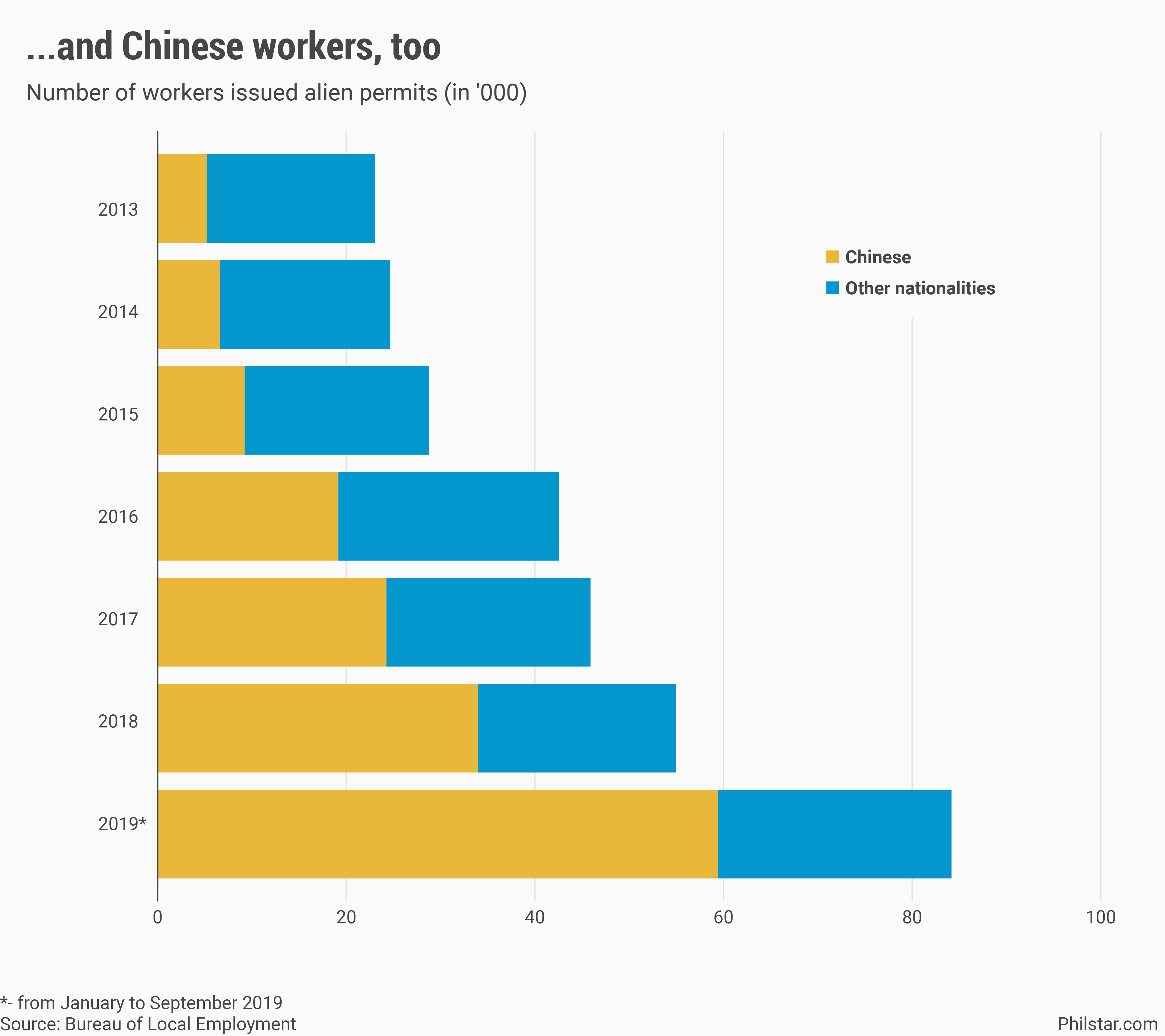Duterte's next steps awaited as pandemic pummels a weakening economy
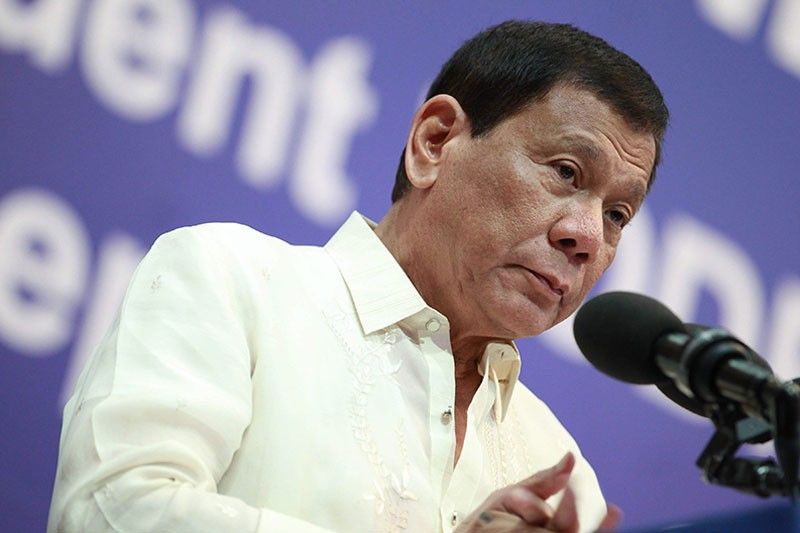
MANILA, Philippines — For most of his term, President Rodrigo Duterte has almost completely left economic matters to his economic team. It was rare to hear the President talk about the state of our economy during public speeches he, most of the time, dedicates to his controversial drugs and more recently, to police and military-centric quarantine controls.
But this year's State of the Nation Address (SONA) may prove to be entirely different. Palace officials said Duterte will unveil a much-awaited recovery program from the pandemic on his speech, details of which have been anticipated by observers and investors who have criticized the administration's outbreak response so far as severely wanting.
The focus on the economy on this year's SONA, if indeed will happen, also speaks of how economic hardships of the Filipino tend to reverbrate to the overall political landscape. Previous presidents like Gloria Macapagal-Arroyo suffered political backlash for a lackluster economy. Similarly, as the honeymoon period of Duterte wanes, many believe the pandemic may have finally dented his 'Teflon' popularity, one that has proven elastic enough to survive a protracted rehabilitation in Marawi City and an inflation surge in 2018.
Hours before Duterte delivers his penultimate SONA, we look back at some economic data that would show where we are, what the Duterte administration achieved, and where plans have failed over the past four years. At the center of his economic policy, Duterte promised Filipinos a “comfortable life for all,” a goal heavily disrupted by the coronavirus disease-2019 (COVID-19) pandemic. But even before the outbreak struck, and the government preoccupied with handling the health crisis, he made several promises: from a new telco player whose entry to the market has since been delayed, a China-friendly foreign policy that is yet turn into economic benefits, and an end to labor contractualization that appeared to have already been abandoned.
We track down where are we with only two years left into his presidency.
Economic growth
Much of the pandemic’s economic impact is captured by gross domestic product (GDP), the sum of all products and services created in an economy. With the lockdowns crippling demand and shuttering businesses, economic managers are resigned to a recession as of last June, a devastation unlikely to be fully reversed throughout the year, if the central bank is to be believed.
But even before the pandemic, economic performance under the Duterte government already showed some weakness. Growth has continued to decelerate since 2016, and the health crisis only worsened it, sliding GDP to a contraction of 0.2% in the first quarter. Poverty incidence dropped to 16.6% in 2018, nearing the government's 14% target, but gains may have since been reversed by a struggling job market, creating a formidable challenge to Duterte with only two years left in his term.
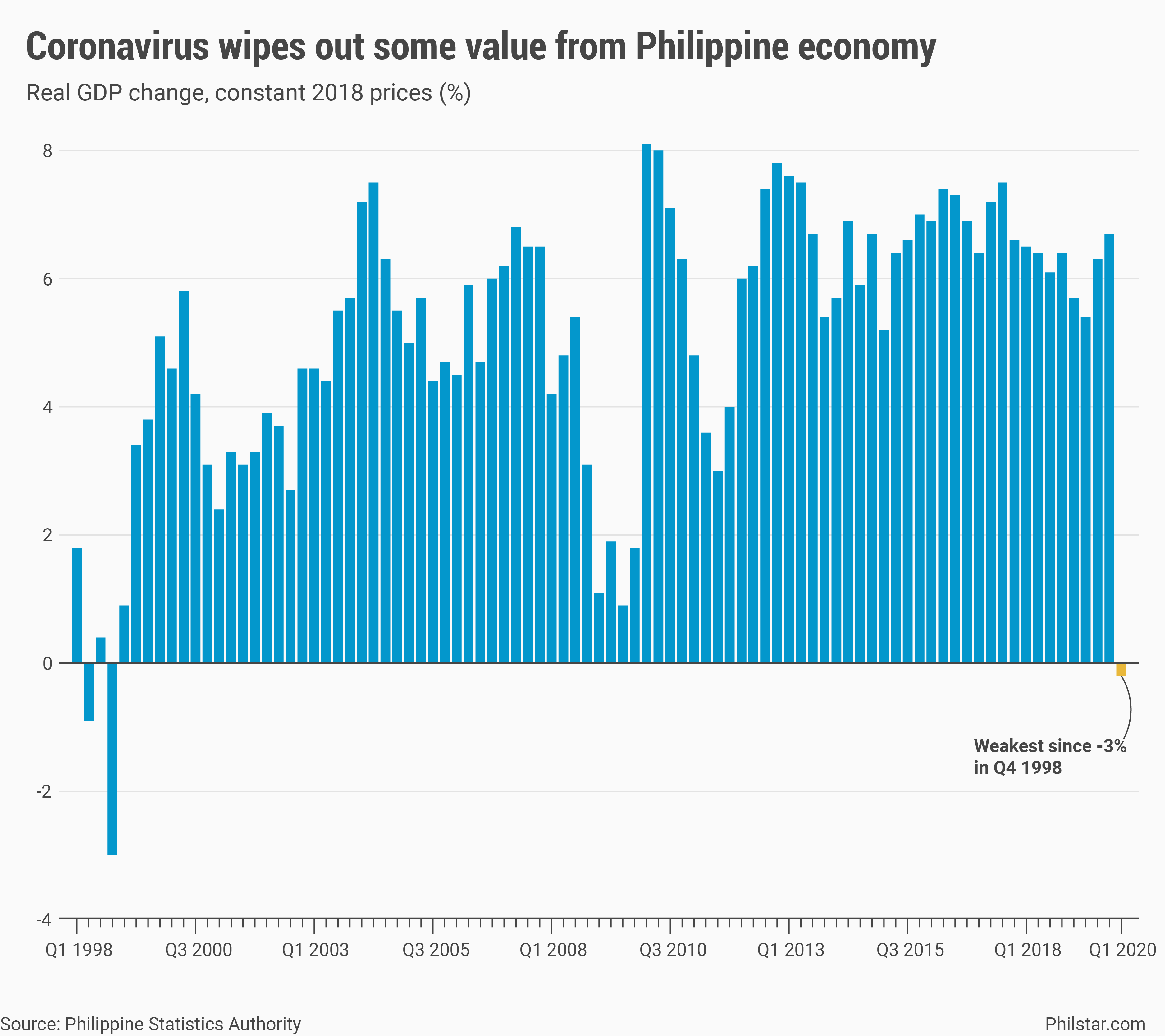
Jobs
Slowing growth meant there was hardly a dent made to the unemployment rate. While the government notched some historic quarterly drops in the jobless rate (4.7% in the fourth quarter of 2016 and 4.5% in fourth quarter of 2019), the overall job market appears where it has been since 2016, adding more construction work generated by the “Build, Build, Build” infrastructure agenda. It puts into question the preference on infrastructure as a long-term strategy to recover from a pandemic-induced economic slump.
That said, underemployment, or the number of people looking for more jobs, dropped to 13% in the fourth quarter of 2019, a multi-year low, before rising to 14.8% in the first quarter of 2020.
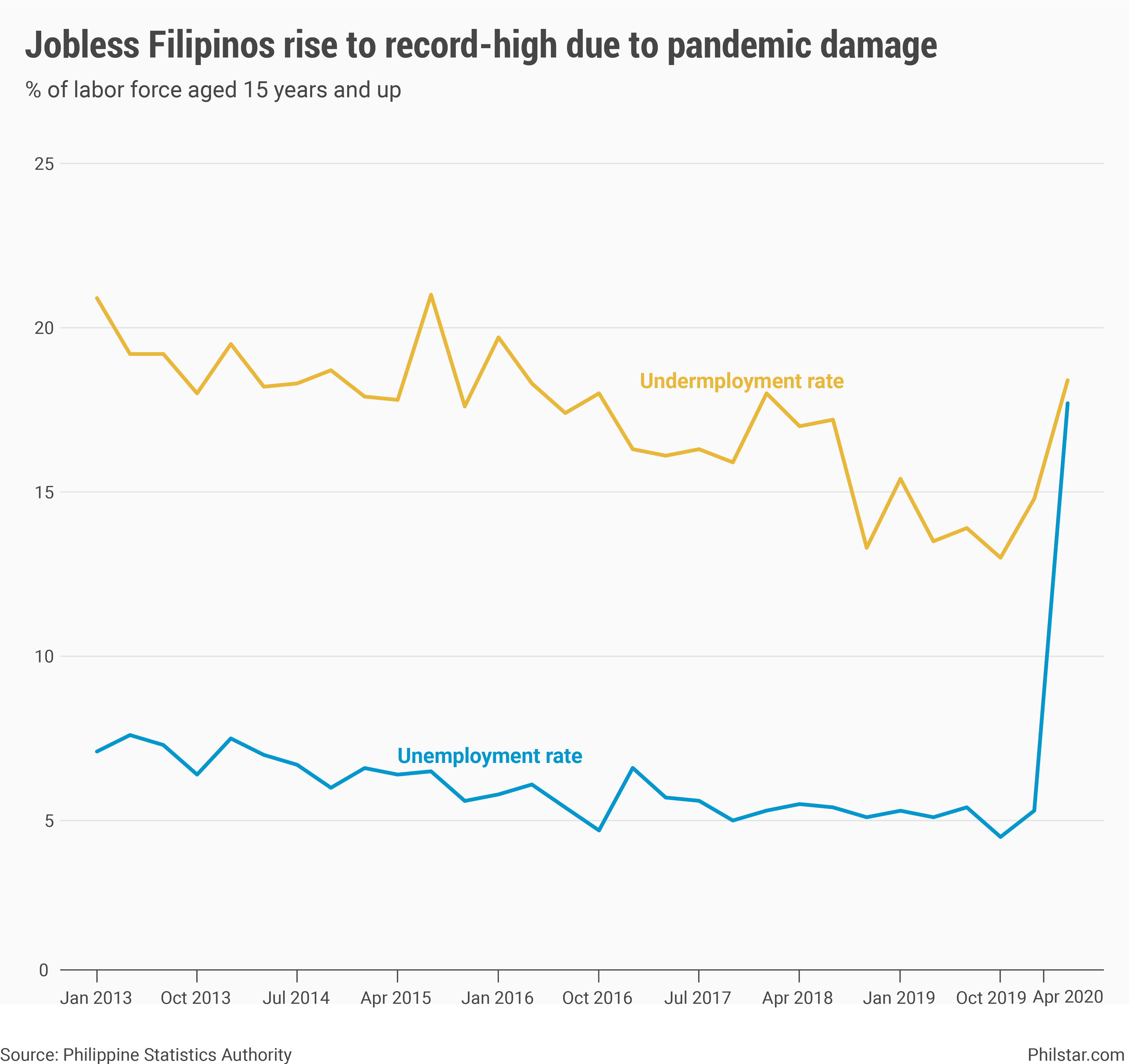
Foreign investors
Economic officials were quick to justify the recent decline in foreign direct investments, saying the pandemic left no country unscathed. What they failed to mention was that since 2017, way before the pandemic happened, FDI in the Philippines is on a sustained decline. From a record-high of $10.26 billion, FDI net inflow dropped to $7.66 billion last year. As of April, they were down 32.1% to $1.98 billion and the central bank expects to cap the year with just around $4 billion.
Ecozone investments
The decline in FDI is evident even on areas where investors are offered perks to relocate here. Investment pledges at the Philippine Economic Zone Authority are on set for their third straight year of decline this year. As of May, investments were down 31.6% year-on-year to P29.54 billion. Jobs generated by these investments have also started dipping to 1.57 million in January from 1.6 million in end-2019.
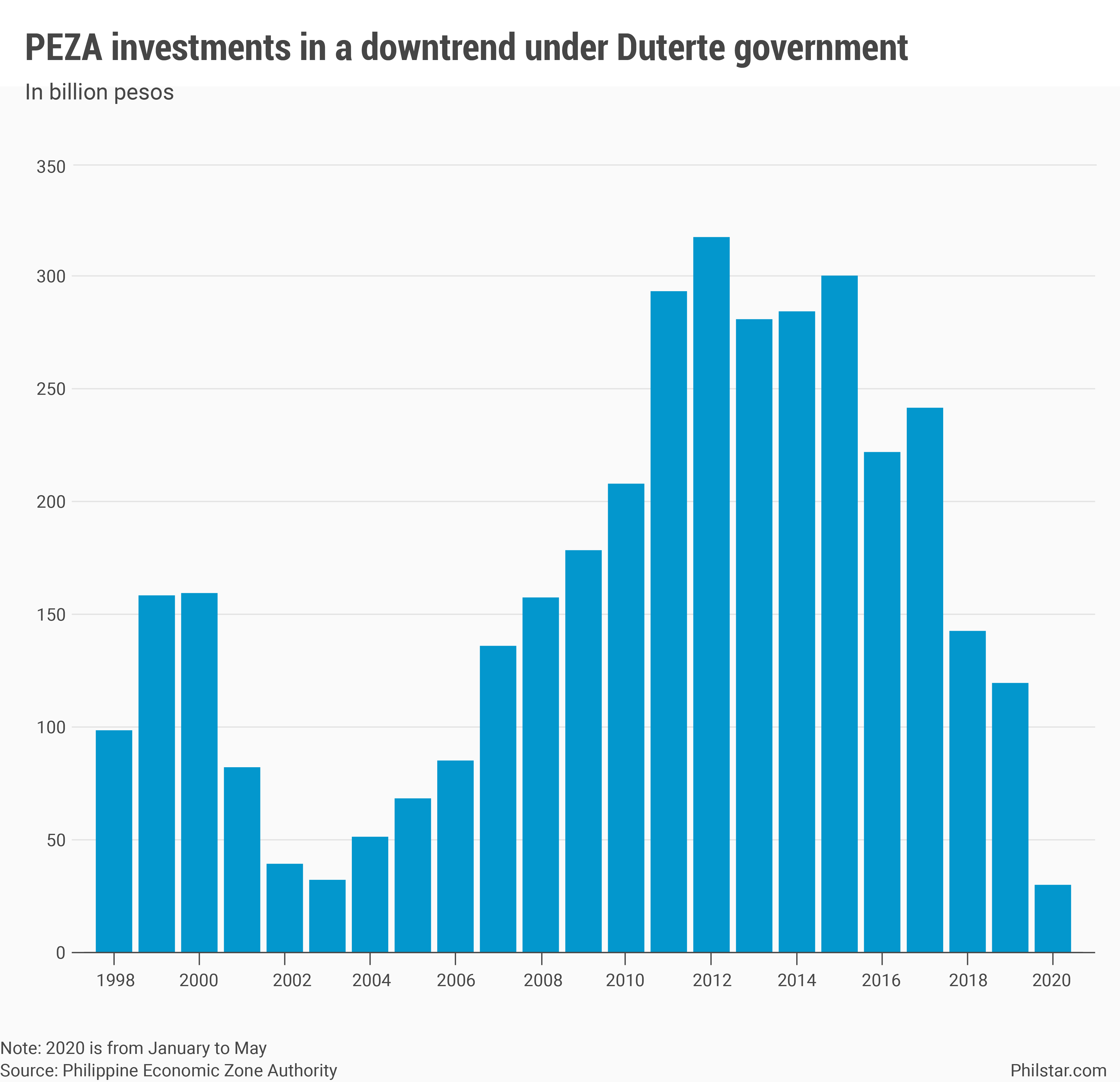
Inflation
With growth unlikely this year, prices became less of a problem. But this has not always been the case. In 2018, as a result of government’s failure to import rice on time, inflation surged to a near decade-high of 5.2%. The following year, claiming to have successfully rein in high prices, economic managers bragged about slowing inflation that averaged 2.5%, partly as a result of high base from previous year.
As of first half of 2020, inflation has stayed at 2.5%, falling within the central bank’s 2-4% target this year.
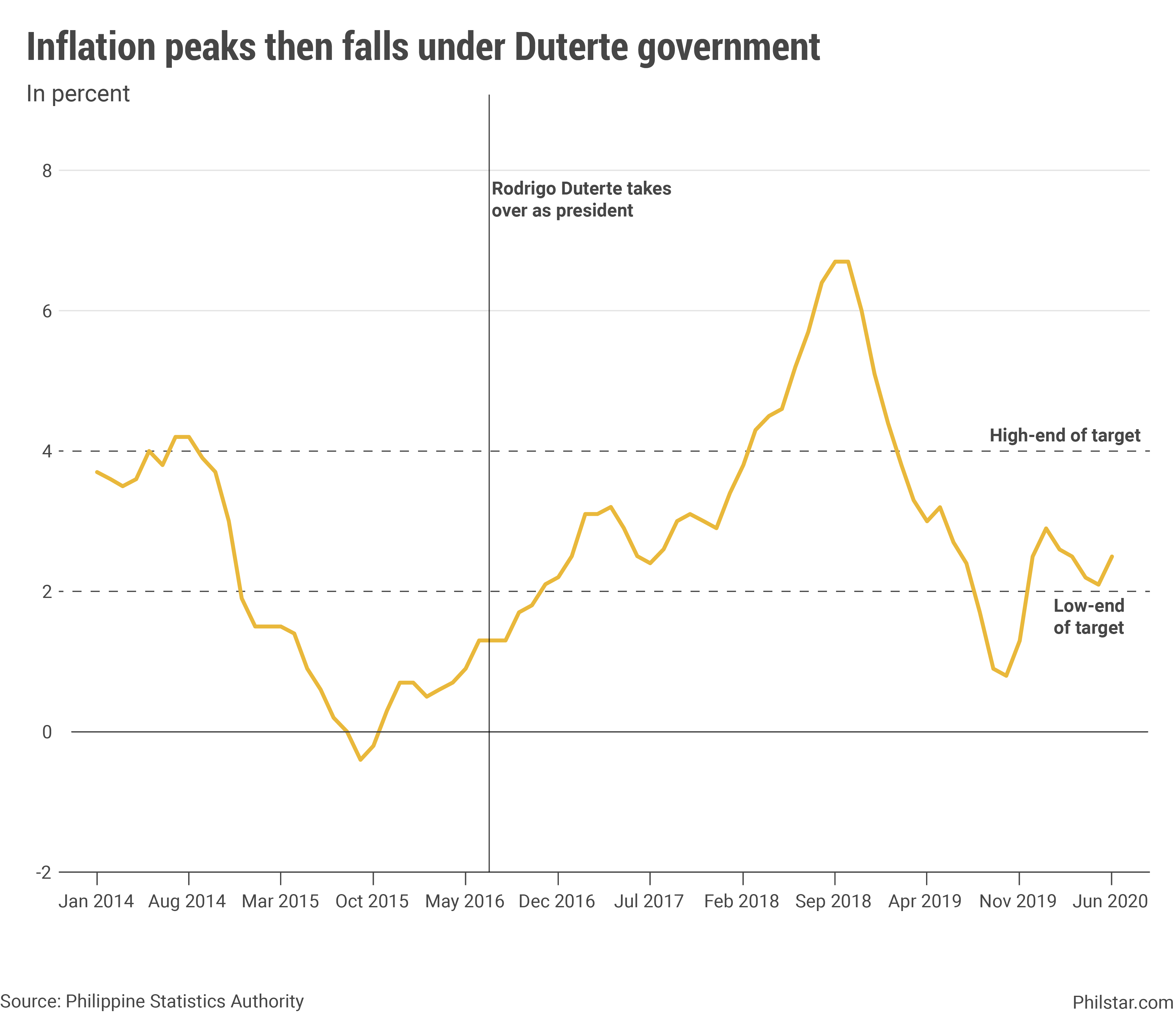
Tourism
Perhaps the sector that garnered the largest economic benefit from a Duterte presidency was tourism. Long characterized as a “low hanging fruit,” tourism arrivals and revenues generated from tourist activities have surged since 2016. In 2019, a record 8.3 million tourists visited the Philippines, contributing P482.15 billion to the economy.
Because of the pandemic however, and travel restrictions enforced to control the virus' spread, tourist numbers dropped 68.1% year-on-year to 1.3 million as of June, while revenues went down 66.7% annually to P81.05 billion. Tourism officials say the government is shifting gears for now by encouraging local tourism.
China
Tourism benefitted from a friendlier approach to China relations. But apart from attracting droves of Chinese tourists, Duterte’s fondness of China hardly deliver results. Equity FDI from China remained miniscule at just $3.26 million as of April. Infrastructure pledges from Beijing increased, but completion of actual projects has been slow. No less than former Socioeconomic Planning Secretary Ernesto Pernia said Beijing, despite yearly meetings between Philippine and Chinese officials, has been lagging behind in project approval and delivery.
POGO and Chinese workers
Instead of investments, Chinese workers grew exponentially under Duterte. Labor department data showed that from just 5,142 alien employment permits issued to Chinese workers in 2013, the number surged to 58,604 issued as of September last year. The bulk of permits were for Chinese workers employed in “administrative support” roles which the agency said, capture jobs in Philippine offshore gaming operators (POGOs). The POGO industry, as congressional hearings showed, was notorious for evading taxes and hiring illegal workers.
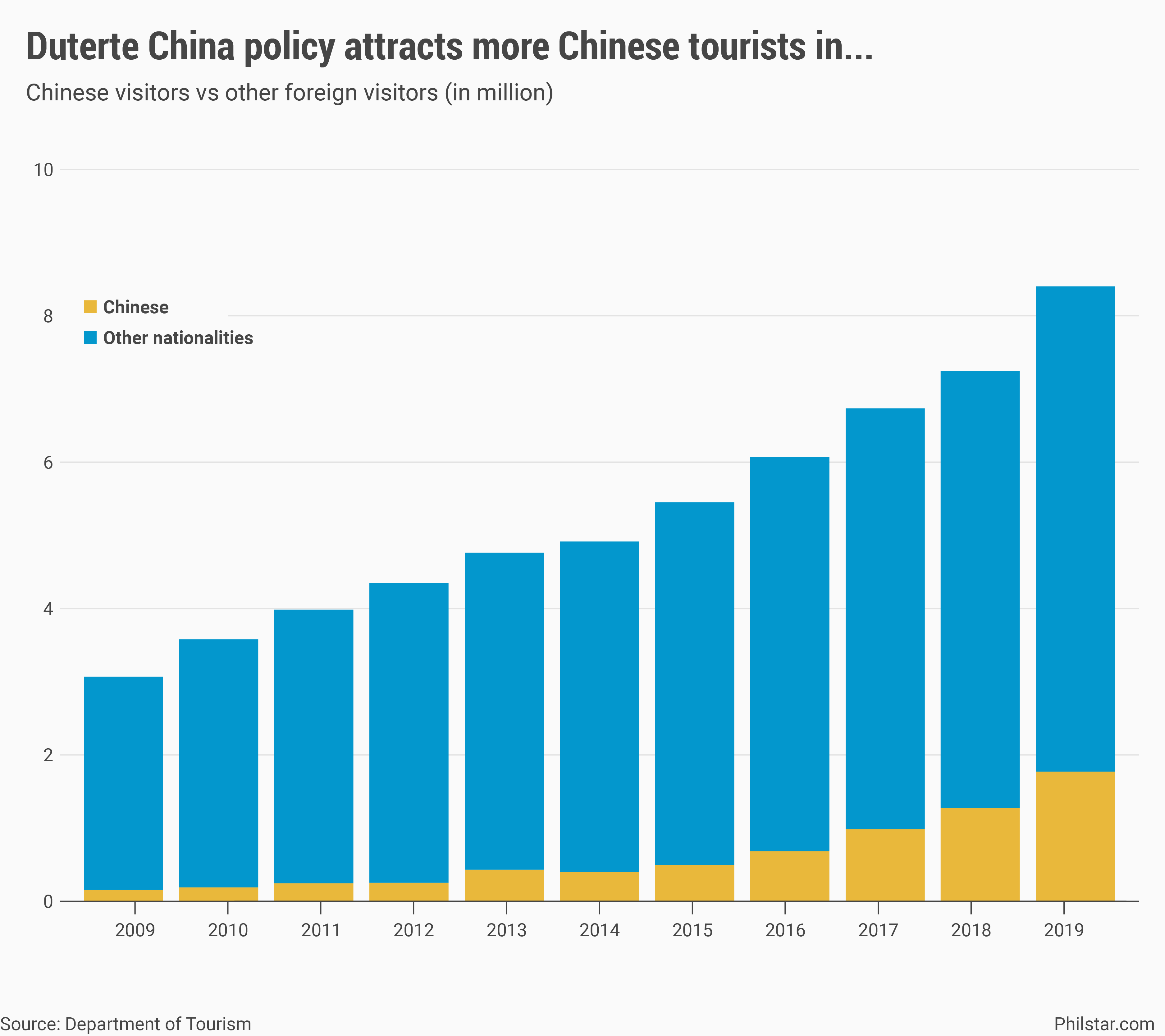
Freebies
During Duterte’s term, some social policies got a boost. The Pantawid Pamilyang Pilipino was institutionalized, while other subsidies such as free public broadband, irrigation as well as college education in public universities were enacted. Universal healthcare was also passed, but the law has hardly hit ground running when the pandemic struck, exhausting health resources before the program can even be fully launched.
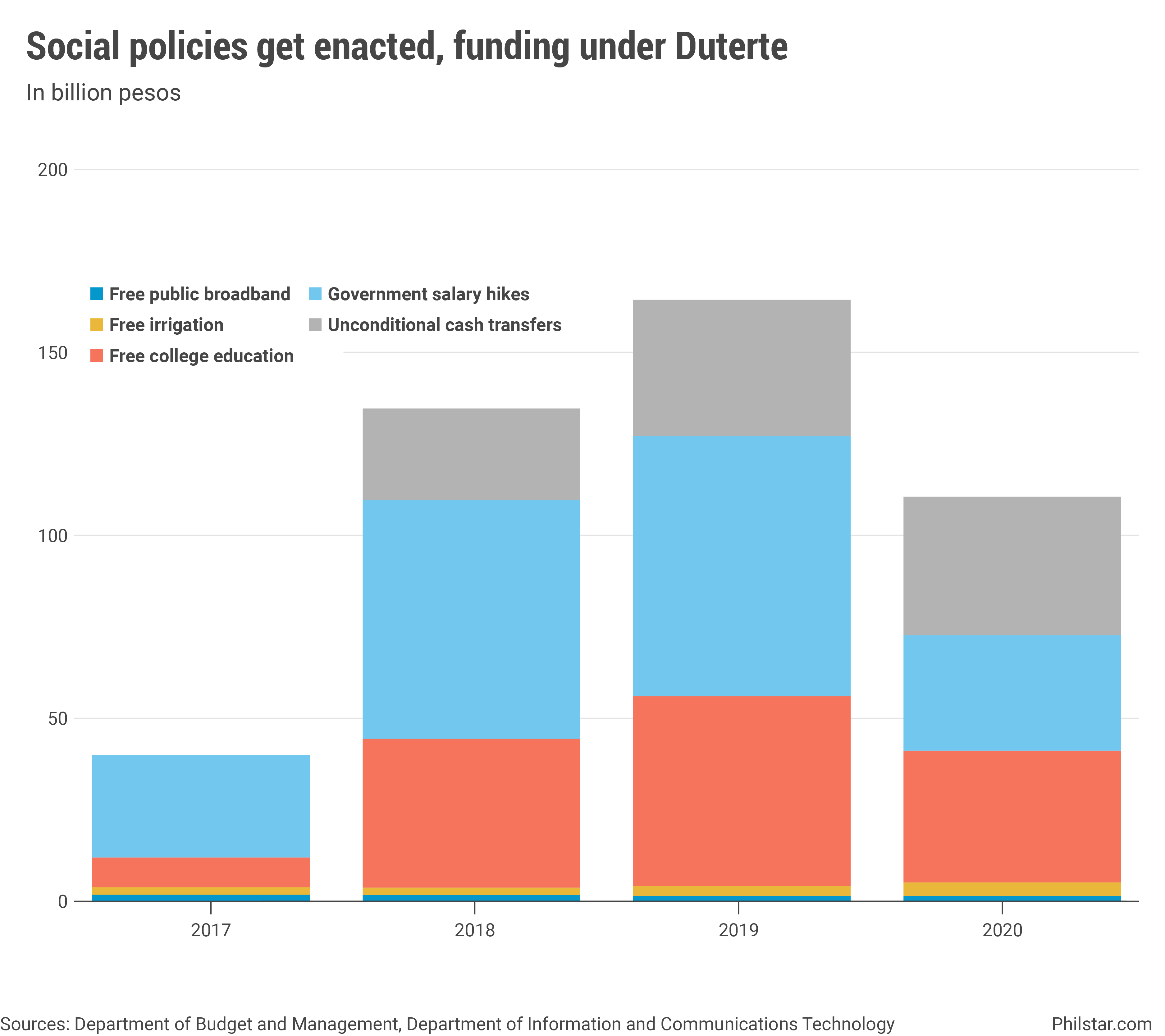
- Latest
- Trending






